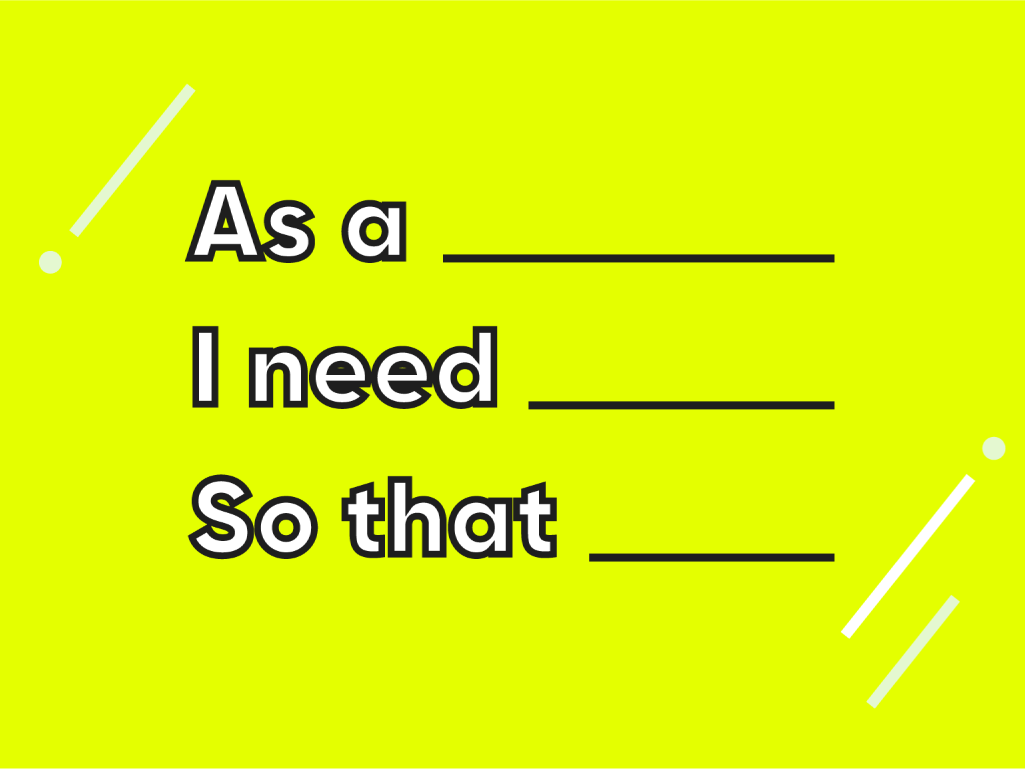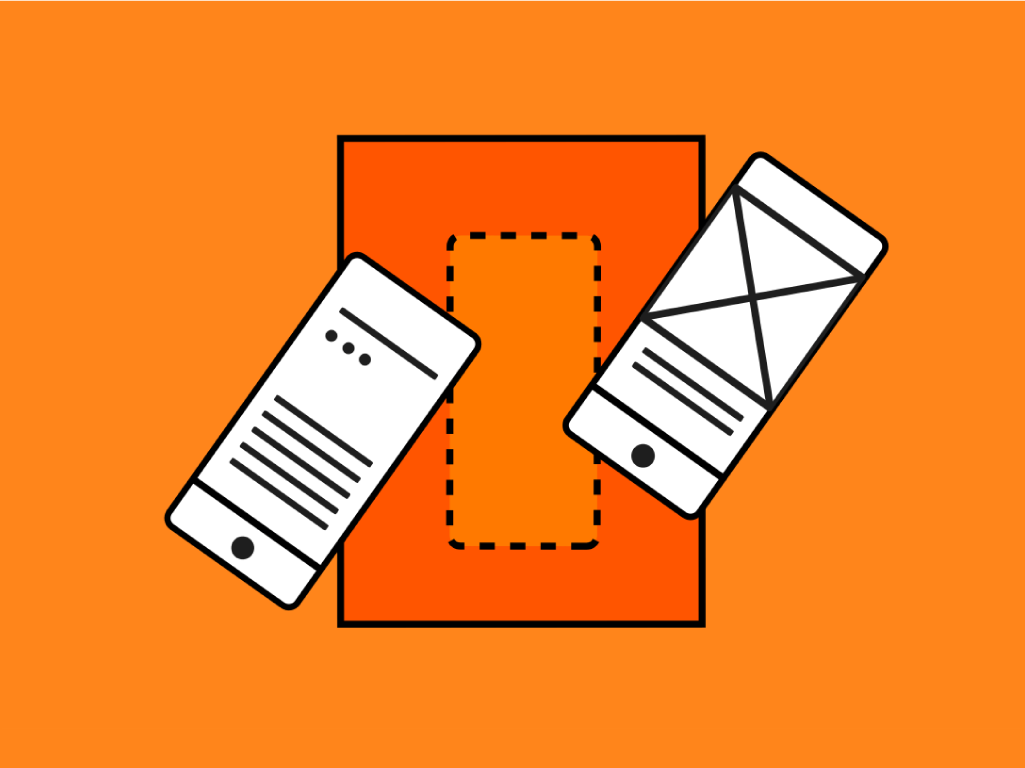User stories are short, goal-oriented statements that help you focus less on the features of your website and more on the tangible actions your users will take. What are the end goals of your users, and what will they actually do on your site? How can you create an experience based on their real-life actions? Using the framework below, prioritize the elements of your site based on their most immediate needs:

How to use or facilitate:
- Download and print the provided User Stories template.
- Starting with the first column, think of a specific role, persona, or mindset that someone may have as they arrive at your site. This is the person who will be taking an action and benefiting from the experience you provide.
- In the second column, think about what their needs may be. Why are they on your site? What is their ultimate goal, and what are they trying to accomplish? Quick tip! These should be verbs, not nouns. We’re thinking about actions here, not physical items.
- In the third column, write down the benefit or the reason for taking this action. What is the value they receive?
- Leave column 4 blank for now (we will come back to this) and continue to fill out columns 1-3 for as many different personas as you can think of.
- Once you’ve exhausted your list, it’s time to rank each statement in priority order based on need-to-haves vs. nice-to-haves. In column 4, assign a number to each statement using the following guidelines:
- Must haves: We need these stories in order to launch the project.
- Should haves: These are of high importance, but are not show-stoppers for the next release.
- Could haves: If we get a couple of these in it would be nice, but they can easily be moved to the next release.
- Wants: These are not a priority but we want to keep track of them as possibilities for future releases.
- Now you have a prioritized checklist of features and content that can be created or added to your site experience. Start with #1 and work your way to #4 over time.
The Takeaway:
The key to great UX design is understanding who your customers are, what they need from your site experience, and those small instances in their lives that you can play an integral part in. If you’ve already completed your Empathy Map and Personas exercises, consider this part three in the trifecta. User Stories are one of the single greatest tools for turning personas into high value features and content that can be used within your future digital experience. The real secret to maximizing your experience is making sure you prioritize which User Stories are the most important to focus on!





